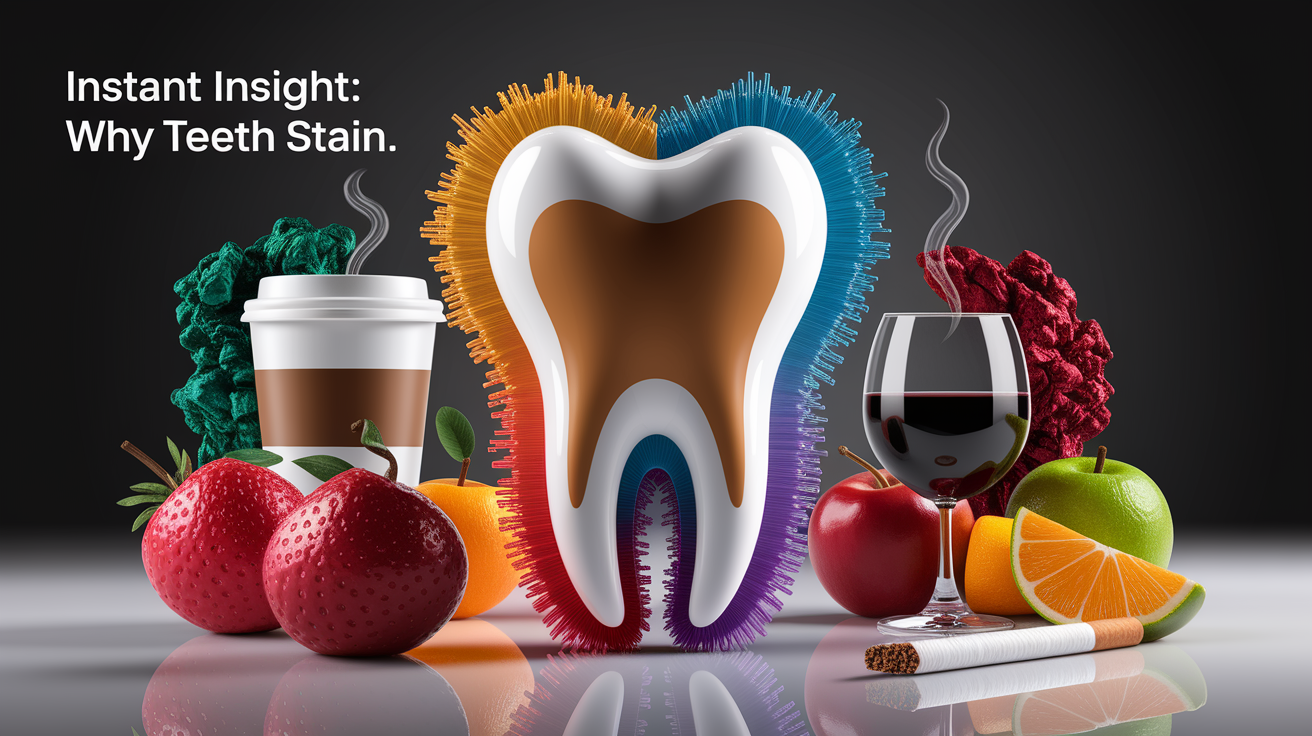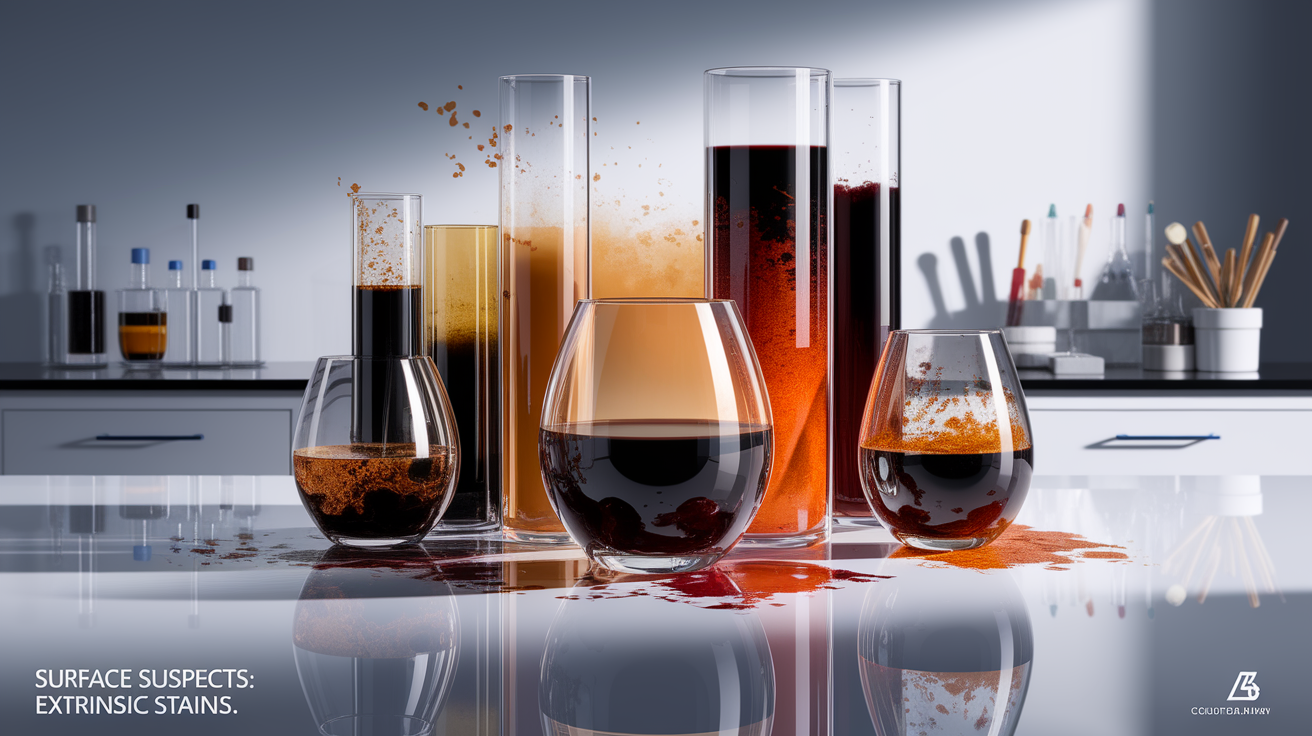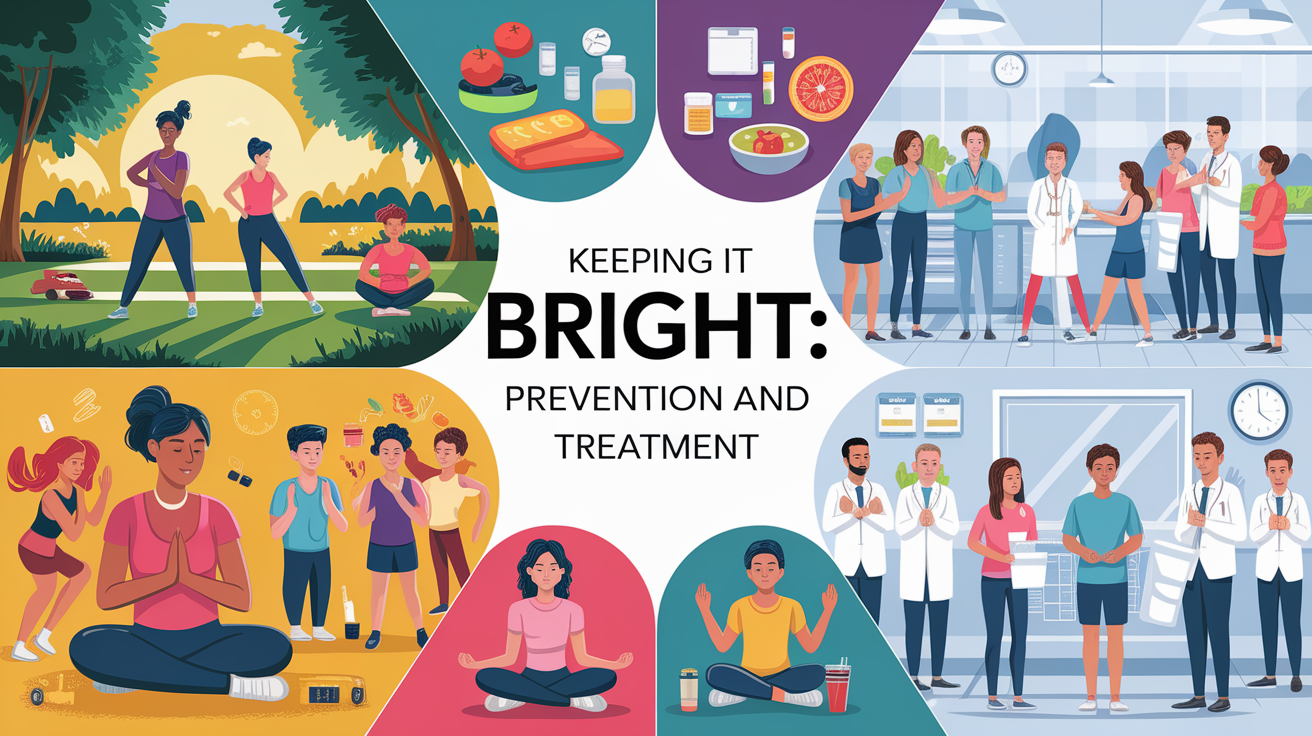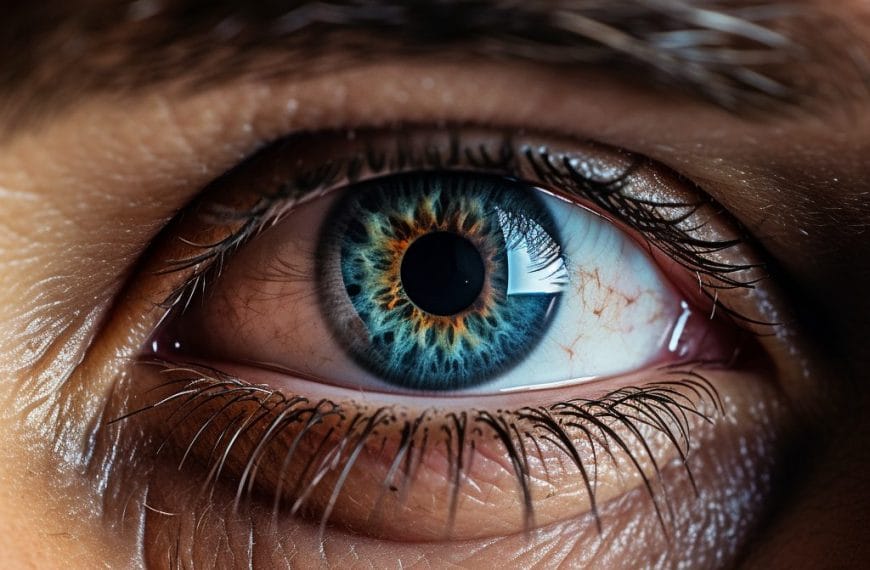Instant Insight: Why Teeth Stain
Teeth stain due to a mix of external factors like food, drinks, and tobacco, along with internal changes in the tooth structure and the natural effects of aging. Stains can be surface-level or deeply embedded, each with different causes and solutions. Knowing the source is key to picking the right whitening approach.

Surface Suspects: Extrinsic Stains
Extrinsic stains live on the outer layer of your teeth — the enamel — and are caused by substances you consume or come into contact with daily. Imagine enamel as a white shirt: every sip of coffee is like a splash of espresso on that fabric.

- Common culprits: Coffee, tea, red wine, cola, dark berries, and sauces can leave their mark thanks to pigmented compounds called chromogens.
- How they stick: Your teeth are covered by a thin protein layer called the pellicle. Chromogens, along with stain-enhancing tannins, cling to it with ease.
- Tobacco trouble: Tar and nicotine from smoking create stubborn yellow or brown stains that seep into that pellicle layer.
- Saliva support: A healthy saliva flow helps wash away debris. Low saliva means a higher risk for surface stains.
The bright side? These stains often respond well to professional cleanings, good dental hygiene, and whitening toothpaste.
Internal Intruders: Intrinsic Stains
Intrinsic stains hide beneath the enamel, lodged in the dentin — the layer that gives teeth much of their color. These are like stains that seep deep into the fibers of that white shirt, making them much harder to remove.

- Injury impact: Dental trauma can damage the inner pulp or blood vessels, darkening the tooth from within.
- Chemical culprits: During tooth development, certain medications like tetracycline antibiotics can bind to dentin, causing persistent gray or brown discoloration.
- Fluoride and fluorosis: Too much fluoride during development can leave white spots or streaks — a condition called fluorosis.
- Dental materials: Some restorative fillings may discolor the surrounding enamel over time.
Because these stains are below the surface, they require professional whitening or cosmetic treatments such as veneers or bonding to cover them.
Time’s Toll: Age-Related Discoloration
As years pass, your teeth’s outer enamel gradually thins, letting the naturally yellower dentin show through. It’s like an old piece of porcelain glazing wearing away to reveal the warmer tones underneath.

- Enamel erosion: Constant chewing, acidic foods, and abrasion reduce enamel thickness.
- Dentin deepens: Dentin layer color intensifies over time, adding to yellowing.
- Life’s palette: Decades of coffee, tea, wine, and tobacco leave their external marks, combining with internal color changes for a more noticeable effect.
This is why aging teeth often appear more discolored even with regular care.
Keeping It Bright: Prevention and Treatment
Preventing stains before they settle is far easier than removing them later. Think of your teeth as a favorite mug — frequent rinsing and gentle cleaning keep them gleaming.

Prevention Tips
- Brush twice a day with fluoride toothpaste and floss daily to reduce plaque and tartar buildup.
- Limit high-pigment foods and drinks; rinse or brush soon after consuming them.
- Quit smoking or chewing tobacco to avoid nicotine and tar stains.
- Use a straw for staining beverages to minimize contact with teeth.
Treatment Options
- Professional cleaning: Removes extrinsic stains effectively.
- Whitening toothpaste: Gently polishes away surface discoloration.
- In-office whitening: Uses stronger agents to address deeper stains.
- Restorative dentistry: Veneers, crowns, or bonding can cover intrinsic stains resistant to bleaching.
Final Glimmer: Restoring Your Brightest Smile
Understanding whether your discoloration is extrinsic, intrinsic, or age-related helps you choose the most effective approach to bring back your brightest smile. Many stains can be prevented or managed with simple daily habits, while persistent cases may need professional care.
With the right mix of mindful maintenance and expert treatment, your smile can remain radiant — ready to shine in every photo, conversation, and laugh.













